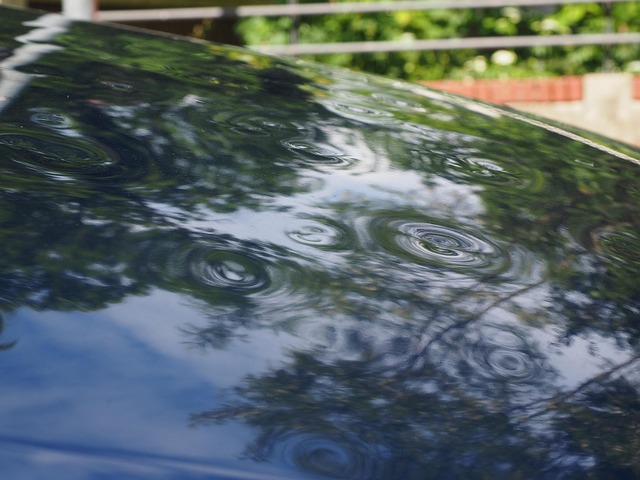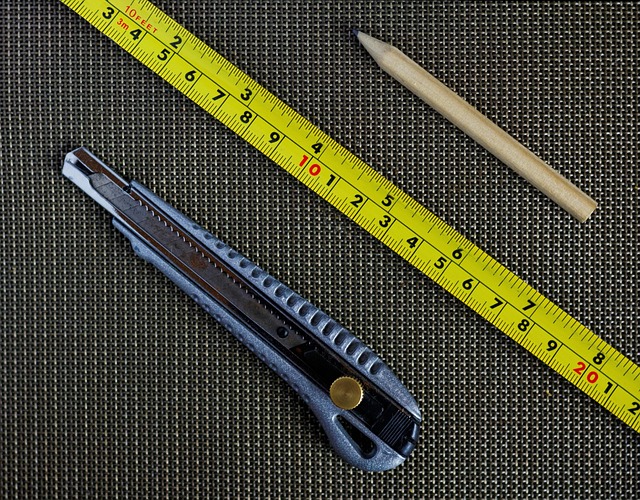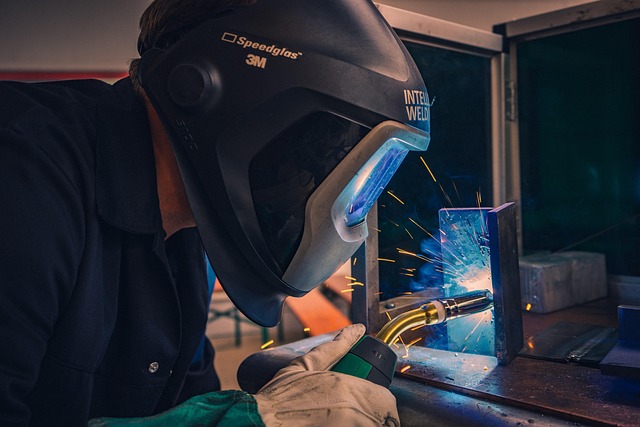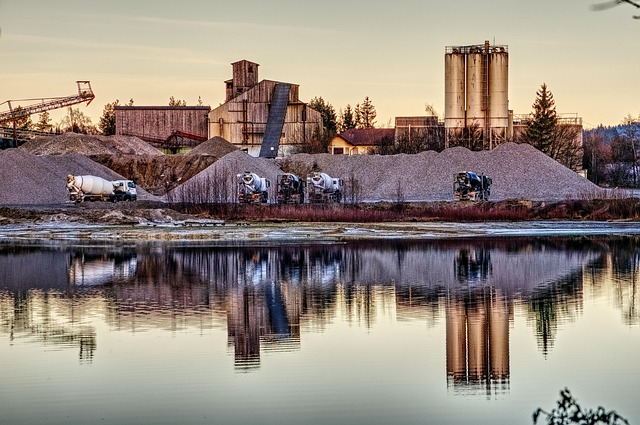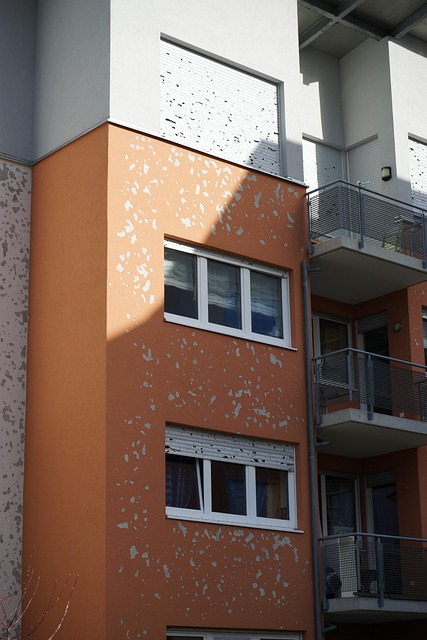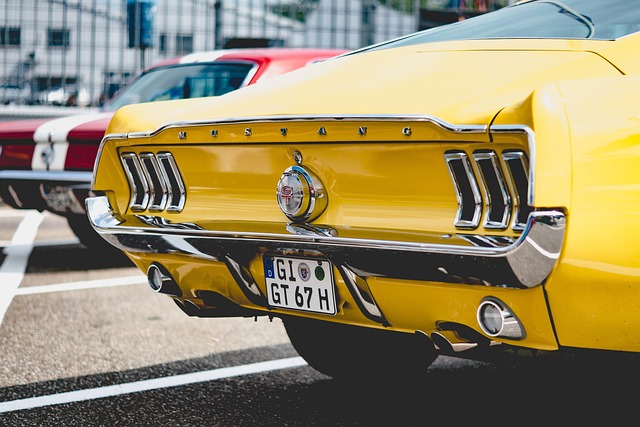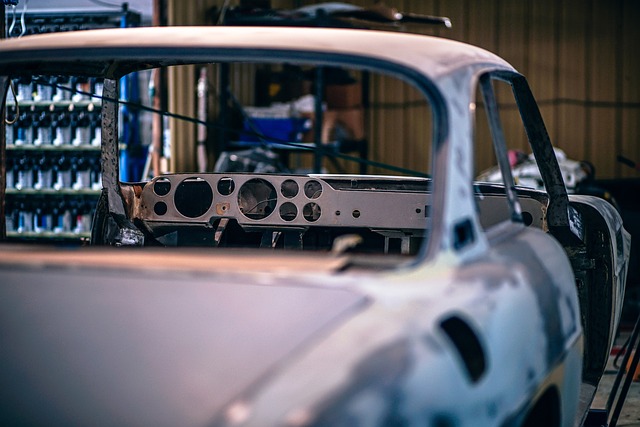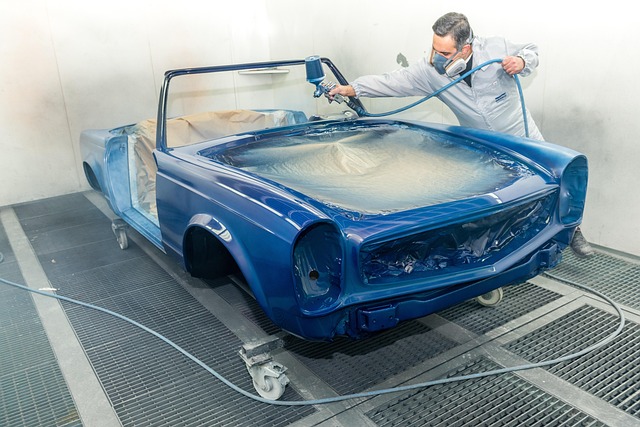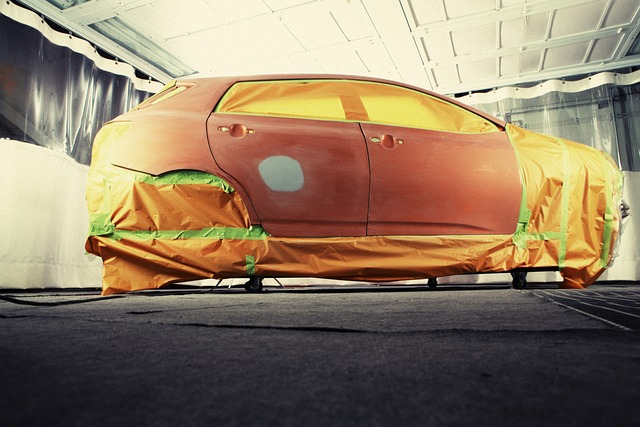Clear coat repair is a specialized process using advanced tools and products to restore and protect vehicles' exterior finishes, addressing scratches, swirls, and minor damage. Auto repair shops now employ modern kits with precise color matching, CAD/3D scanning technologies, and safety measures for faster, high-quality repairs. Proper preparation, including ventilation, protective gear, cleaning, and sanding, ensures long-lasting, professional-level clear coat repair results.
In today’s world, maintaining the glossy finish of your vehicles is essential. Clear coat repair, a meticulous process, has evolved with modern tools and products designed to restore damaged paintwork seamlessly. This article delves into the art of clear coat repair, guiding you through the essential tools and materials needed for effective fixes. We explore innovative products that streamline repairs and offer expert tips to ensure professional results, keeping your vehicle looking its best.
- Understanding Clear Coat Repair: Essential Tools and Materials
- Modern Products for Efficient and Effective Repairs
- Tips and Best Practices for Achieving Professional Results
Understanding Clear Coat Repair: Essential Tools and Materials
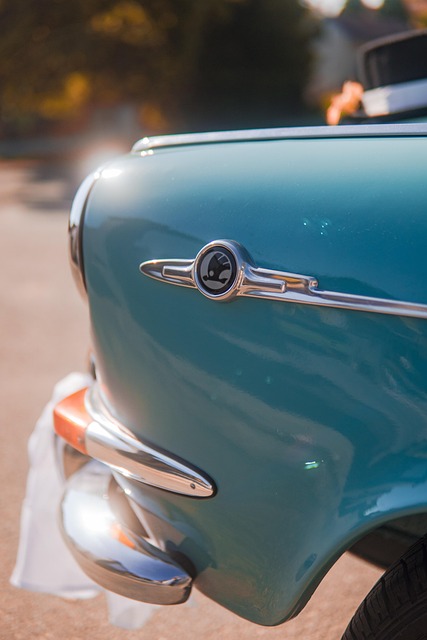
Clear coat repair is a specialized process that aims to restore and protect the exterior finish of vehicles. It involves fixing scratches, swirls, and minor damage to the clear coat layer, which is the topmost protective sheath of paint on a car’s bodywork. This process is crucial for maintaining the vehicle’s aesthetics and resale value. To undertake clear coat repair effectively, several essential tools and materials are required.
The core tools include various sandpaper grades for smoothing out imperfections, high-quality polishers to apply restorative compounds, and microfiber cloths for buffing and cleaning. Additionally, a range of clear coat touch-up paints in different colors, along with applicator bottles and brushes, is necessary to match the exact shade and finish of the car’s existing paintwork. Many auto repair shops also use advanced tools like dustless sanders and vacuum polishers for more efficient and precise results, offering top-notch car bodywork services that include clear coat repair as a key component alongside paintless dent repair techniques.
Modern Products for Efficient and Effective Repairs
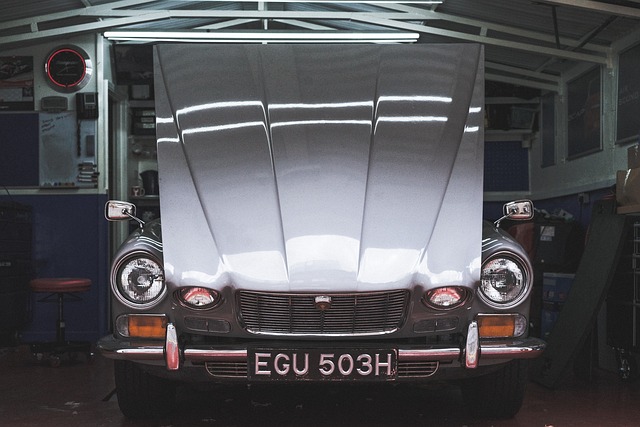
In today’s digital age, the tools and products used for clear coat repair have evolved significantly, offering vehicle owners and collision repair centers more efficient and effective solutions than ever before. Modern clear coat repair kits include advanced compounds, fillers, and polishes designed to match the exact color specifications of a vehicle, ensuring a seamless finish that blends in with the existing body. These innovative products are user-friendly, reducing the time and skill required for repairs, making them accessible even for those working outside of traditional vehicle body shops.
Additionally, modern technologies like computer-aided design (CAD) and 3D scanning have revolutionized dent removal processes. Collision repair centers now employ these tools to accurately measure and map out damage, allowing for precise repairs that match the vehicle’s original specifications. This not only enhances the overall quality of clear coat repair but also streamlines the process, getting vehicles back on the road faster with minimal disruption to the vehicle’s aesthetic appeal.
Tips and Best Practices for Achieving Professional Results
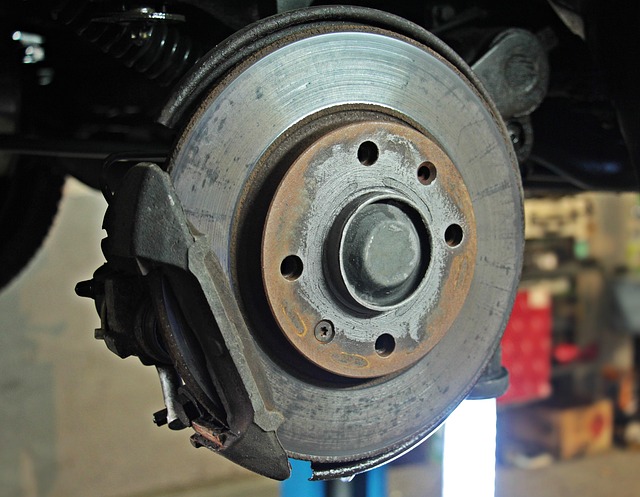
When tackling clear coat repair, following professional best practices is key to achieving optimal results. First and foremost, ensure your workspace is well-ventilated as working with clear coat products often involves strong odors. Wearing protective gear, including gloves and a respirator, is also essential to prevent skin irritation or inhalation of harmful fumes.
Another crucial step is preparation. Thoroughly clean the damaged area, removing any debris or dirt. Sanding the surface slightly can help create a smooth base for application. Use fine-grit sandpaper to avoid marring the surrounding clear coat. After sanding, wipe down the area with a suitable cleaner to eliminate any dust particles. This meticulous prep work ensures that your clear coat repair job will be more precise and long-lasting, mirroring the quality you’d find in a professional collision center or automotive body shop.
In conclusion, clear coat repair is a specialized process that has evolved significantly with modern tools and products. Understanding the essential materials and best practices outlined in this article will empower folks to achieve professional results, enhancing their vehicle’s appearance and value. By leveraging today’s efficient and effective repair solutions, anyone can navigate the process seamlessly, restoring their clear coat to its original lustre.


